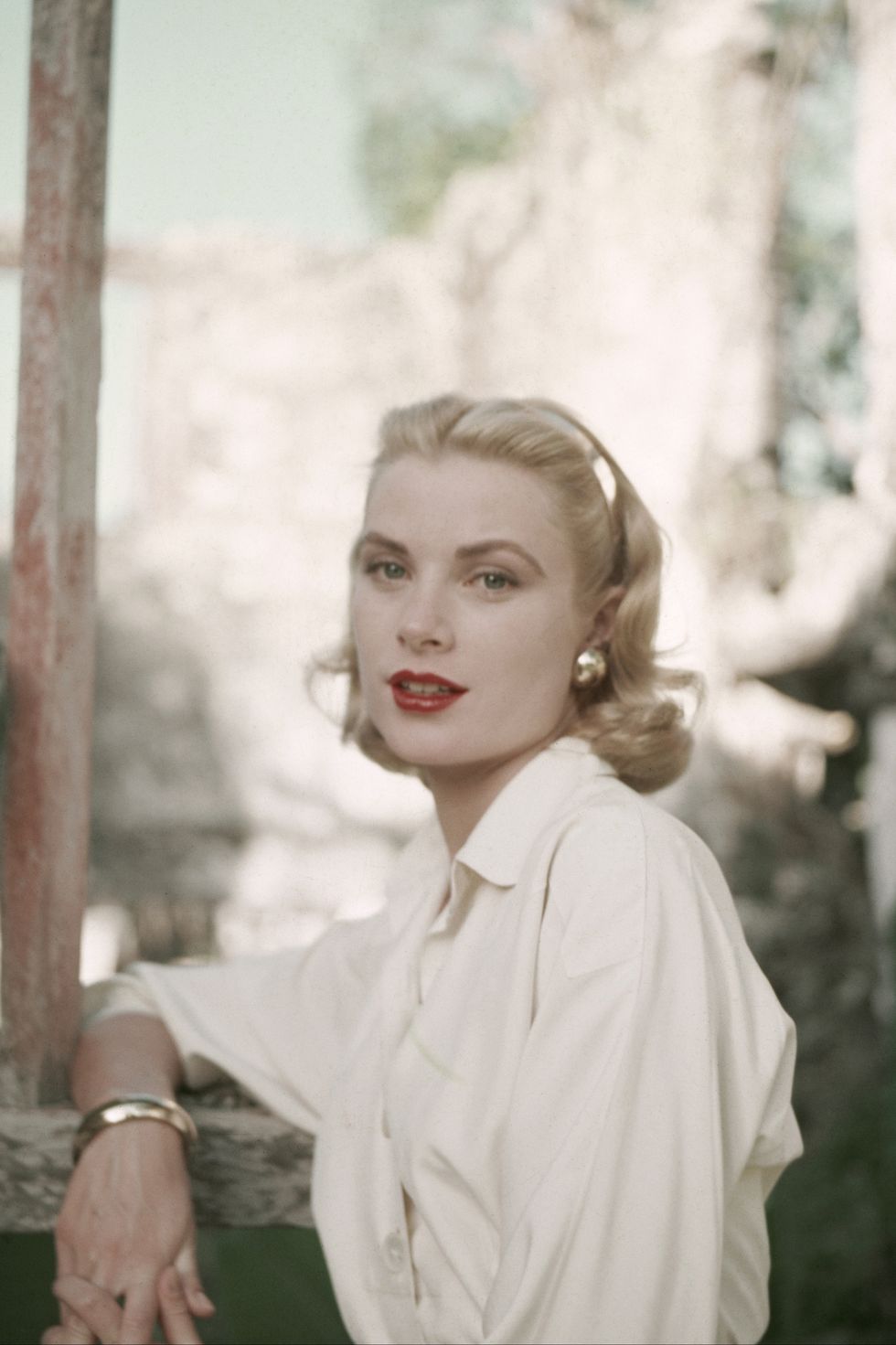Grace Kelly was never simply beautiful—she was definitive. Her face, with its porcelain complexion, piercing blue eyes, and golden waves, seemed sculpted for the golden age of Hollywood. But what made her unforgettable wasn’t just how she looked. It was the stillness, the quiet confidence, the aura of effortless refinement she carried in every frame and every room. Long before she wore a crown, she was already royalty in the eyes of audiences around the world.

In the early 1950s, Kelly’s rise was meteoric. She captivated Alfred Hitchcock, co-starring in three of his most elegant thrillers: Dial M for Murder, Rear Window, and To Catch a Thief. Her acting was never loud, never desperate for attention. Instead, she leaned into restraint, letting subtle emotion and natural presence do the work. Whether playing a socialite or a detective’s wife, she was composed but never cold—she let warmth slip through the cracks of her ice queen exterior.

Then, in 1956, at the peak of her fame, Kelly made a decision that stunned Hollywood: she left. She retired from acting to marry Prince Rainier III of Monaco, exchanging film sets for palace halls. The starlet became a real-life princess, trading scripts for state duties. It sounded like a fairytale, and for many watching from afar, it was. But Kelly never saw herself as a passive figure in someone else’s story. She embraced her new life with purpose, becoming a cultural bridge between old-world royalty and modern celebrity.

Even outside of Hollywood, she remained an icon. Her style—minimal yet regal—continued to shape fashion long after her onscreen days were over. And as a mother, humanitarian, and patron of the arts, she redefined what it meant to age with dignity and grace in the public eye.

Grace Kelly died suddenly in 1982, the result of a car accident that left the world reeling. But her legacy endures—not just as the actress who became a princess, but as a woman who embodied elegance without excess, power without noise, and beauty without compromise.
She didn’t just play grace on screen. She lived it.